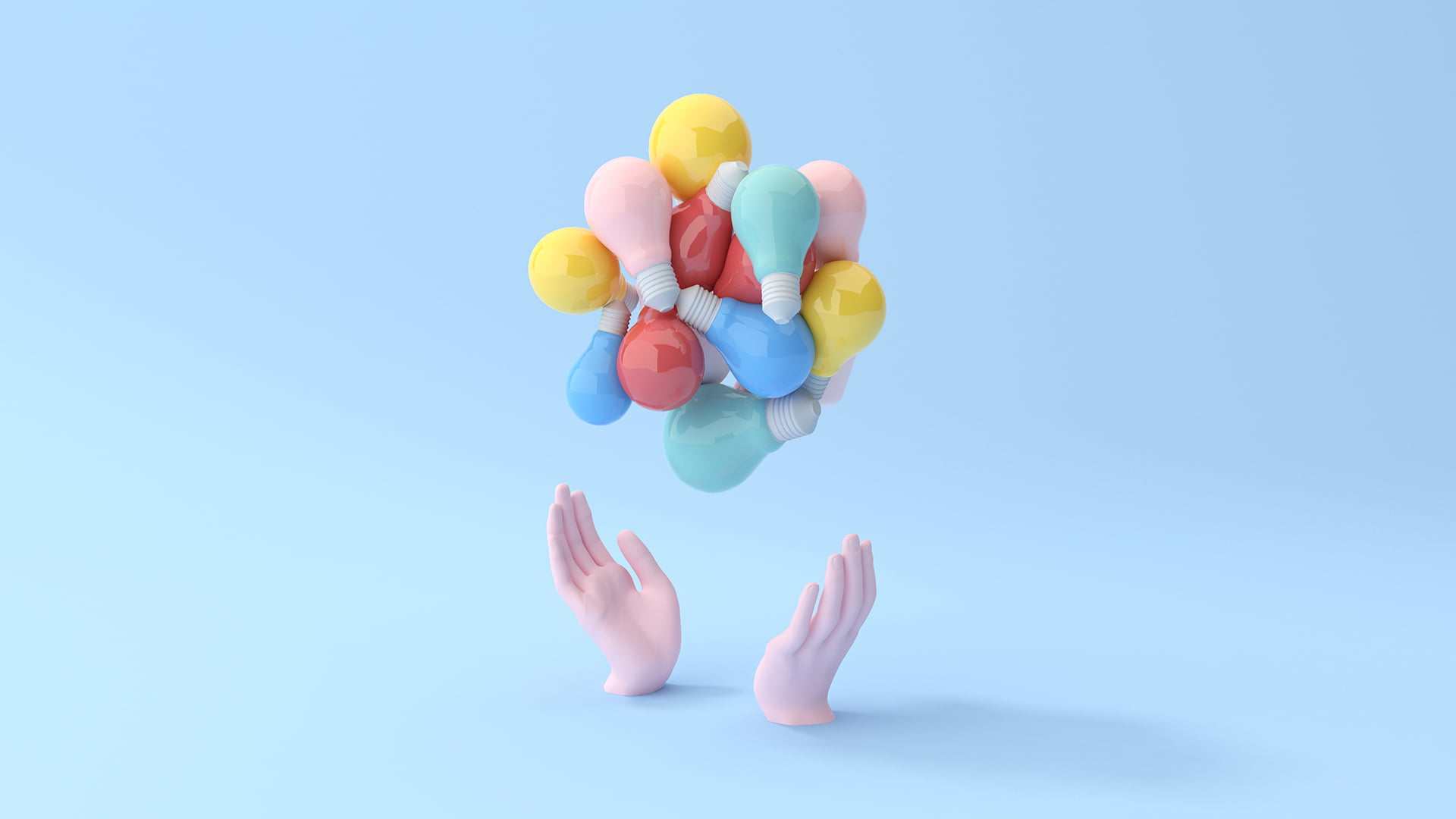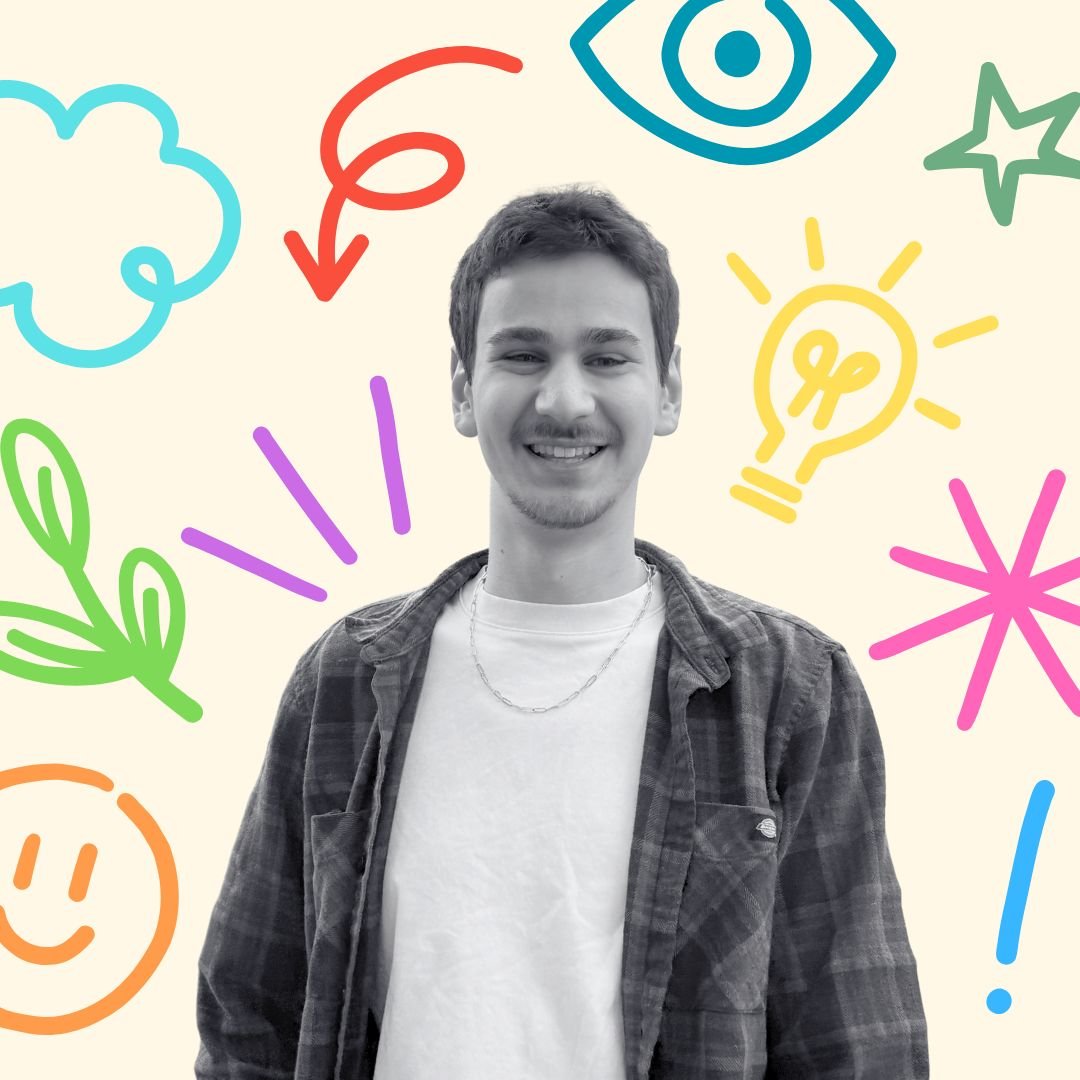
America’s next top models look very different from the supermodels of the 90s, and we’ve got to admit, we love to see it! An industry which was once considered anything but inclusive is suddenly looking much more reflective of our real world. We’re witnessing a dramatic shift in advertising and modelling industries, and people with disabilities can finally see themselves represented on the covers of fashion magazines, billboards, and runway shows.
Things started to change in 1999 when Aimee Mullins—a renowned Paralympian and double amputee—opened Alexander McQueen’s runway show in London, strutting the catwalk on intricately carved, high heeled prosthetic legs.
In 2018, Antiguan-born Aaron Rose Phillip became the first Black, transgender, and physically disabled model to sign to a major modelling agency. She has graced the runways of Marc Jacobs and Moschino and has shot editorials for Vogue, Sephora, and Nike.
Just this year, Sofía Jirau of Puerto Rico debuted as a model for Victoria’s Secret—the first-ever Victoria’s Secret Angel with Down syndrome.
Fast-forward to today, if you browse through online catalogues for retailers like Old Navy, Aerie, and Tommy Hilfiger, it’s common to see models with visible disabilities sporting tank tops and jeans, fitness gear, and underwear. However, it isn’t just impactful for people with disabilities to see themselves represented—it’s changing the way non-disabled and neurotypical people view people with disabilities.
Disability Inclusion Helps Create a Kinder World
People are deserving of love, respect, and attention, regardless of the shape and function of their bodies. Through the inclusion of models with disabilities, important conversations are taking place regarding society’s perception of people with diverse bodies. Social media influencers like Alex Dacy (AKA Wheelchair Rapunzel) are spearheading these conversations and challenging the idea that disabled bodies are somehow less valuable or undesirable.
“I used to be embarrassed to eat in public or around boys I liked because I ‘looked disabled’ or thought they’d think I was unattractive and wouldn’t want to kiss me. I missed out on so much of my life because of my fear of looking ‘too disabled.'” – Alex Dacy
Now, Dacy is scoring paid partnerships with Sony and Rihanna’s cosmetics line SavageXFenty. Her unapologetic self-acceptance is evident as she documents herself enjoying the things that many twenty-somethings take for granted: soaking up the sun on the beach, getting dressed up to go clubbing, and flirting with guys during spring break in Florida. Still, she is often met with resistance and criticism for dressing in ways that non-disabled models do every day. But by continuing to express herself and embrace her body in all its beautiful uniqueness, her impact on the self-image of emerging youths with disabilities could be life-changing.

3 Ways for Marketers to Approach Disability Inclusion Mindfully
As marketers, we have a responsibility to be respectful and mindful when including diverse people in our advertising. It’s not enough to simply hire a model in a wheelchair, put them in an advertisement, and say, “Hooray, we’ve achieved inclusion!” Tokenism isn’t the goal—we want to shift societal perception and offer fair opportunities.
Through our work with organizations like Manitoba Possible, Prairie Strides, and the Cerebral Palsy Association of Manitoba, we’ve learned a lot about mindful marketing and disability inclusion. When choosing stock images or coordinating photoshoots for marketing campaigns, here are three things to keep in mind when including models with disabilities:
Avoid Depictions of Charity or Heroism
Disabled models should be active participants in whatever is happening in the scene—not passive recipients. Don’t imply through your imagery that they are incapable of independence and require the help of others. For example, images depicting someone pushing another person in a wheelchair have a negative effect. In contrast, a picture of someone controlling their wheelchair while a friend or partner walks alongside them has a positive effect.
Use Inclusive, Diverse Groups
Unless you’re working on a fashion editorial, you should avoid depicting a model with disabilities alone. On the flip side, you also shouldn’t show a group of people where everyone present has visible disabilities—instead, show groups with varying abilities and intersectionality of colour, culture, and gender.
Keep it Positive!
Stay away from any implications of neediness or helplessness. Instead, focus on “can do” imagery and empowerment! People with disabilities make up 22% of Canada’s population over the age of 15—that’s one in five Canadians! We all have unique perspectives, accomplishments, and traits worthy of celebration, and by keeping our imagery positive, we can help improve society’s perception of people with disabilities.
We’re so eager to see how inclusion in marketing continues to grow and evolve, whether in global fashion campaigns, small independent businesses, or influencers going viral. We hope you take some time to think about how your marketing practices can spark positive change for a kinder, more inclusive world for people with disabilities.
Want to stay up to date on all the incredible work (and ultra-fierce photoshoots) of our favourite influencers with disabilities? Find their Instagram handles below!
Alex Dacy: @wheelchair_rapunzel
Aaron Rose Phillip: @aaron___phillip
Lauren “Lolo” Spencer: @itslololove
Sofía Jirau: @sofiajirau
Aimee Mullins: @aimeemullins
Annie Segarra: @annieelainey
Imani Barbarin: @crutches_and_spice
Jillian Mercado: @jillianmercado
Marimar Quiroa: @makeupartistgorda66



